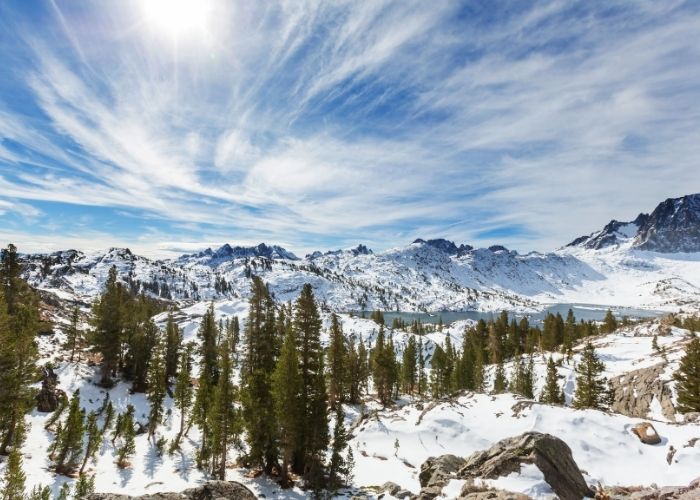MADRID – Jorge Rey was the person who could predict Filomena. This was the meteorological phenomenon of cold and snow that held half of Spain in check last January. The now 15-year-old claims to be right 98% of the time thanks to the ‘cabañuelas’.
The cabañuelas method is a long-term weather forecasting system. It consists of ‘guessing’ what the next year will look like based on what nature says in a given period. Winds, clouds, tides, and even animal behaviour are studied.
This observation must be made from August 1 to 24 of each year. In turn, it is divided into two phases; from August 1 to 13 in the phenomena that will occur in the first fortnight of the months. And then from 13 to 13 August 24 as to what will happen in the second fortnight. In the cabañuelas, each day of August is assigned to a month of the following year; August 1 is January, August 2 is February, and so on until August 12 is December. From the 13th of August, the count is reversed; the 13th is December, the 14th is November, and so on until the 24th, which is January again.
Significant snowfall
Following the rainfall that marked the Puente de Todos Los Santos, Jorge Rey now points out in his Antena 3 forecast that the latter part of November, around Black Friday, will be marked by significant snowfall. The young man from Burgos predicted, “the Cabañuelas told us that pure winter would come at the end of November 2021.”
Where in Spain will it snow?
On his website, Jorge Rey warns of the arrival of a cold mass that will cause a drastic drop in the snow line and will be accompanied by a storm with abundant rain in Asturias, Cantabria, Catalonia, and some parts of Castilla y León. According to the boy, it will snow from Tuesday in Burgos, Ávila, and Segovia, but also in the Pyrenees, the Cantabrian Mountains, and even in the Central System and at the high altitudes of Granada.
Indeed, meteorologists have confirmed Jorge Rey’s predictions when they predicted the season’s first winter DANA that will hit the peninsula over the next week, due to the intensification of the ripples of the Northern Hemisphere’s Arctic Ray, that intense cold, abundant rains, and snowfalls will leave behind.
What is a DANA?
A DANA is an isolated depression at high levels. According to the spokesman for the State Meteorological Agency (Aemet), Rubén del Campo, it is the result of the collision of a cold air mass at height with hot air from the surface, giving rise to showers and storms.
Also read: Spain gets a harsh winter and rainy spring according to 14-year-old meteorologist
This phenomenon, popularly known as ‘gota fría’ (cold drop), causes heavy showers and storms. In this way, the intrusion of a cold air mass in the core of the atmosphere that comes in contact with warmer air near the ground generates instability. This then promotes the formation of clouds that cause strong storms.


